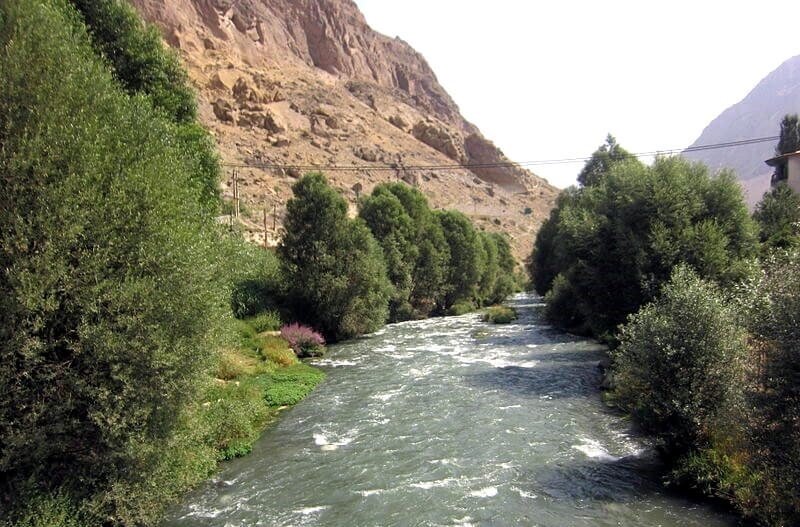Rivers, the main artery of life

TEHRAN - Rivers, which mainly originate from the mountains, are important elements that shape ecosystems. According to the Iranian culture, "where there is water, there is prosperity."
Throughout history, all human settlements such as cities and villages have been formed along rivers.
The respect and reverence they had for water have caused the formation of different cultures and civilizations throughout history.
Every year on March 14, people throughout the world mark the International Day of Action for Rivers to bring attention to how important rivers are to our daily lives.
Environment enthusiasts conduct workshops, seminars, and activities to celebrate this day to raise awareness and spread the message.
Also, the day aims to raise awareness of the disparities in access to clean water as well as the increased pollution of freshwater environments like rivers as a result of overt human activities.
This year, the 26th annual International Day of Action for Rivers was held to raise community awareness of the need to safeguard our rivers.
People must cooperate and be committed to river management if rivers are to be preserved and used profitably.
The theme of the 2023 International Day of Action for Rivers was “Rights of Rivers,” which called for the designation of rivers as a national treasure.
It also involved the legal authority to prevent rivers from becoming sewage or trash disposal areas.
The event is significant because it demonstrates how crucial rivers are to sustaining human life.
Rivers and other freshwater environments are crucial sources of clean water for agriculture and drinking but are sadly being subjected to significant quantities of pollution and contamination by both the general people and industries.
The people who rely on these freshwater resources for their daily needs suffer as a result.
Among the most important rivers in Iran are Hirmand, Atrak, Aras, Arvandrud, Bahmanshir, Talkhehrud, Tajan, Jajrud, Jarrahi, Dalaki, Dez, Zayandehrud, Zarrinehrud, Sefidrud, Seymareh, Siminehrud, Karun, Kor, Karand, Karkheh, Haraz, and Qezel Ozan.
Iran's rivers are divided into two general categories, namely seasonal rivers and permanent rivers, according to the amount of water and the duration of time that water flows in them.
Karun is the largest and most abundant river in Iran. With a length of 950 km, this river is not only the longest river that flows only inside Iran but also the only Iranian river that is connected to international waters and oceans of the world.
Karun is the only river in Iran, part of which is navigable, and the drinking water of Ahvaz city is supplied by this river.
The geographical area that exists in Iran, along with the topography of each region, has caused the emergence of different climates in the country.
The amount of precipitation, the trend, and the behavior of each region of Iran are strongly influenced by the geography of that region.
Rain is not the only source of water for rivers. Some rivers originate from springs and snowmelt.
Rivers are not limited to surface waters. Under the earth's crust, depending on the formations and types of soils, there are also underground rivers.
Rivers in every part of their natural course benefit a part of ecosystems and a community of human societies, and what flows into the sea and wetlands or sinks into the plains preserves the life of valuable water environments or feeds underground water tables.
The International Day of Action for Rivers is a day to educate one another about the threats facing our rivers and learn about better water and energy solutions.
Above all, it is a day to unite – by acting together, we demonstrate that these issues are not merely local, but global in scope.
